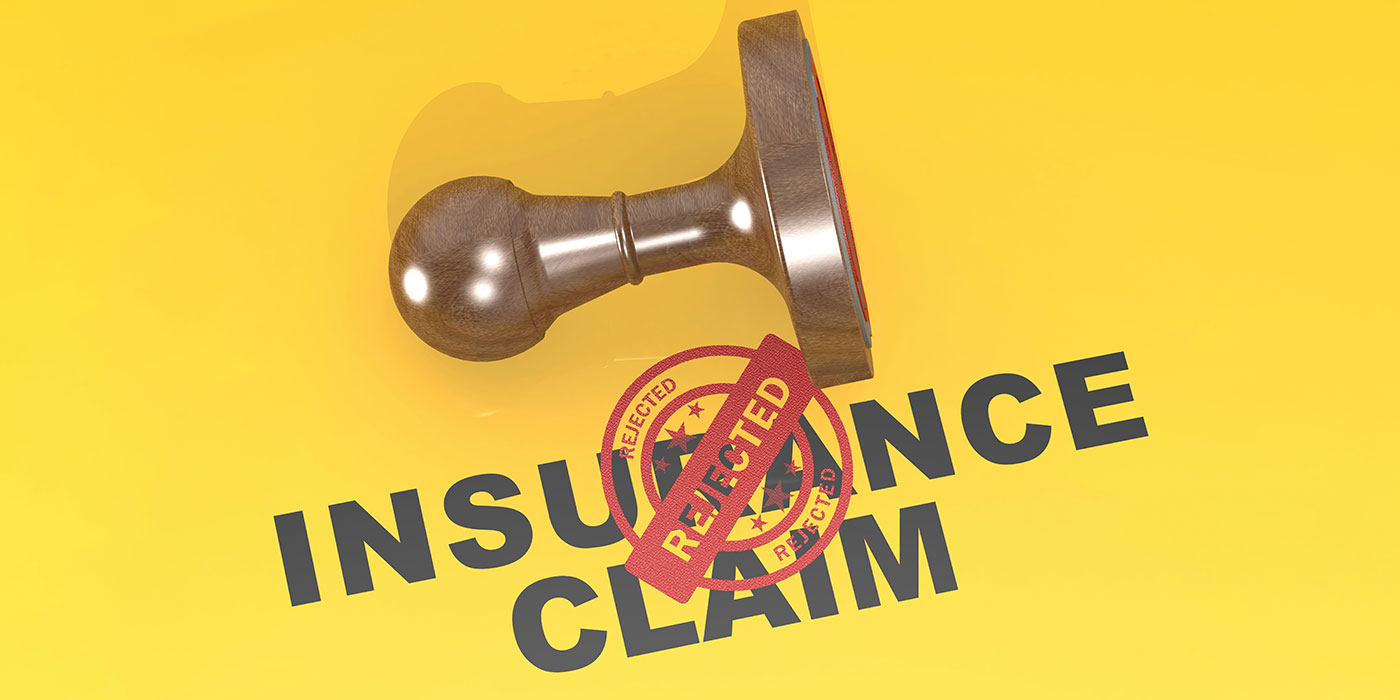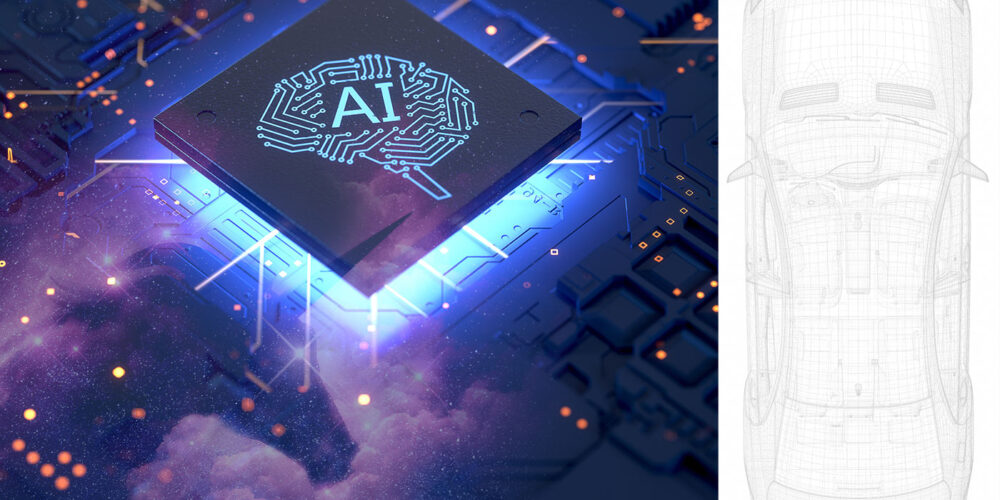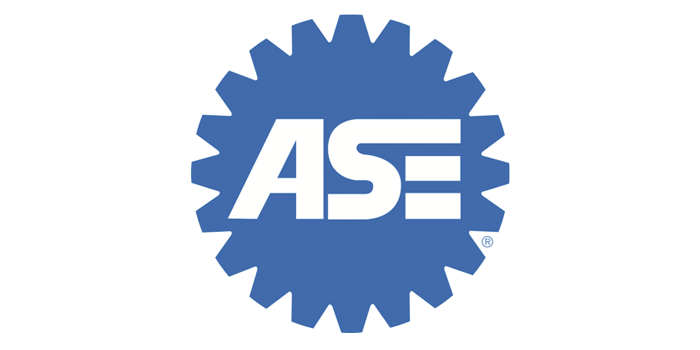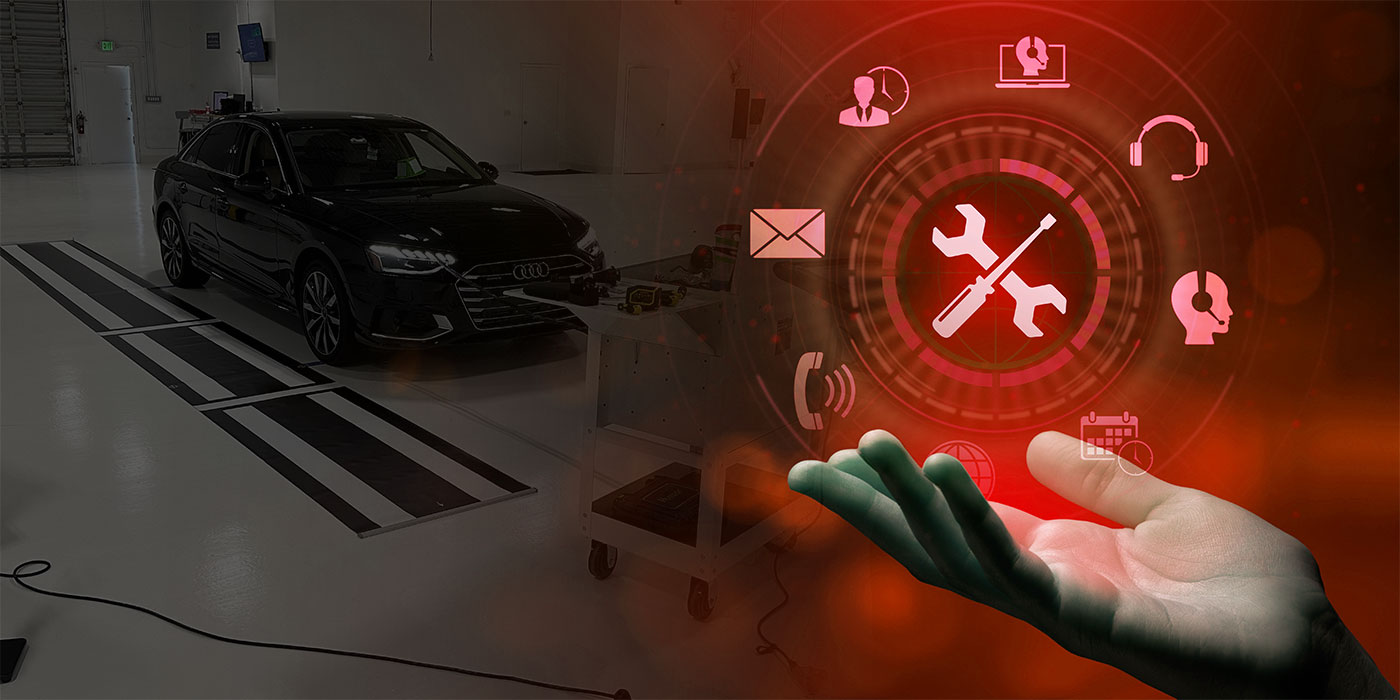For consumers, maintaining their cars is necessary to ensure their longevity and reliability. However, with the auto parts shortage that has hit the nation, it has become increasingly difficult to find the necessary components to keep their cars running smoothly.
The parts shortage has affected everyone, from individual car owners to dealerships, independent shops and technicians. In this article, I’ll discuss the causes of the parts shortage, alternatives to new parts, consumer tips for maintaining their vehicles during the shortage, and future implications and solutions for the parts shortage.
Major Concern
The parts shortage has been a major concern for the auto industry. The shortage has been caused by a combination of factors, including supply chain disruptions, labor shortages, shipping delays and the COVID-19 pandemic. The pandemic resulted in shipping delays, as many ports and shipping channels grew congested due to increased demand for goods. The shortage has been felt across the country, with many dealerships and repair shops struggling to obtain the necessary parts to service their customers.

The shortage has been particularly acute for certain types of parts, such as microchips and other electronic components. These parts are essential for modern vehicles, and their scarcity has resulted in national back orders for parts. Additionally, the shortage has led to price increases for both new and used car parts, making it more difficult for car owners to afford necessary repairs.
Another factor contributing to the parts shortage has been the increased demand for vehicles in the post-pandemic world. As people have returned to work and resumed their normal activities, the demand for vehicles has increased, leading to a surge in sales. This increased demand has put pressure on the supply of auto parts, making it more difficult to obtain the necessary components for repairs and maintenance.
Alternative Options
In the face of the parts shortage, vehicle owners and shop owners have had to explore alternative options to obtain the necessary components for repairs. One option is to purchase used car parts, which can often be obtained at a lower cost than new parts. However, it is important to ensure that the used parts are in good condition and will function properly in the vehicle.
Another option is to purchase aftermarket parts. Refurbished parts are also an option. This can be a cost-effective way to obtain the necessary components for the car, but it is important to ensure that the refurbished parts are of high quality and will function properly.
Repairs and Maintenance
The parts shortage has had a significant impact on vehicle owners, as it has made it more difficult to obtain the necessary components for repairs and maintenance. This has resulted in longer wait times for repairs and higher costs for both new and used car parts. In some cases, the shortage has also led to delays in vehicle production, as manufacturers struggle to obtain the necessary components to build new cars.
The shortage has also made it more difficult for vehicle owners to sell their cars, as potential buyers may be hesitant to purchase vehicles that may be difficult to repair due to the shortage of parts. Additionally, the shortage has made it more difficult for dealerships and repair shops to service their customers, leading to frustration and dissatisfaction among vehicle owners.
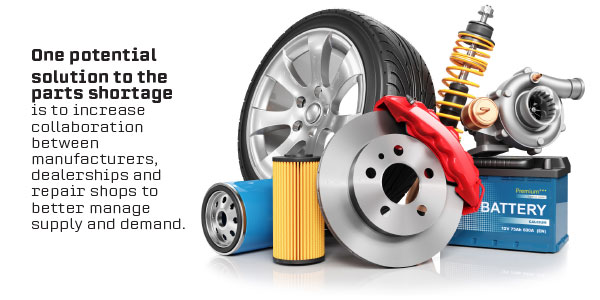
In the face of the parts shortage, vehicle owners need to take steps to maintain their cars and prevent the need for costly repairs. Regular maintenance, such as oil changes and tire rotations, can help prevent damage to their vehicle and extend its lifespan. Additionally, it is important to address any issues with the car as soon as they arise, before they become more serious and require more expensive repairs.
It is also important to be proactive in obtaining the necessary parts for the vehicle. This may involve researching alternative options, such as used or aftermarket parts, and being willing to wait for the necessary components to become available. It may also involve working with a trusted technician who can help them navigate the shortage and obtain the necessary components for their car.
For those who are comfortable with car repairs and maintenance, DIY repairs can be a cost-effective way to keep their vehicle running smoothly during the parts shortage. However, there is no substitute for a professional, trained and certified shop when it comes to repairing vehicles safely to pre-accident condition while maintaining the car’s value.
Solutions
The parts shortage has highlighted the need for solutions to address the challenges facing the auto industry.
One such potential solution is to invest in the domestic manufacturing of parts, reducing our reliance on international supply chains and increasing the availability of necessary components. Furthermore, an increased investment in the research and development of alternative materials and components could help reduce the impact of future supply chain disruptions.
Yet another potential solution is to increase collaboration between manufacturers, dealerships and repair shops to better manage the supply and demand for parts. This could involve sharing data and information on inventory levels and demand in addition to exploring alternative options for parts.
Summary
The parts shortage has been a major concern for vehicle owners, dealerships and repair shops across the country. In the face of the shortage, shops and vehicle owners need to explore alternative options for parts, such as used or aftermarket parts, and to encourage consumers to be proactive in maintaining their vehicles to prevent the need for costly repairs. Additionally, increased investment in domestic manufacturing and collaboration within the industry could help address the challenges facing the automotive industry and ensure that necessary parts are available to all who need them. By taking these steps, vehicle owners can keep their cars running smoothly, and both shops and consumers can prevent the parts shortage from having a significant impact on their lives and businesses.


